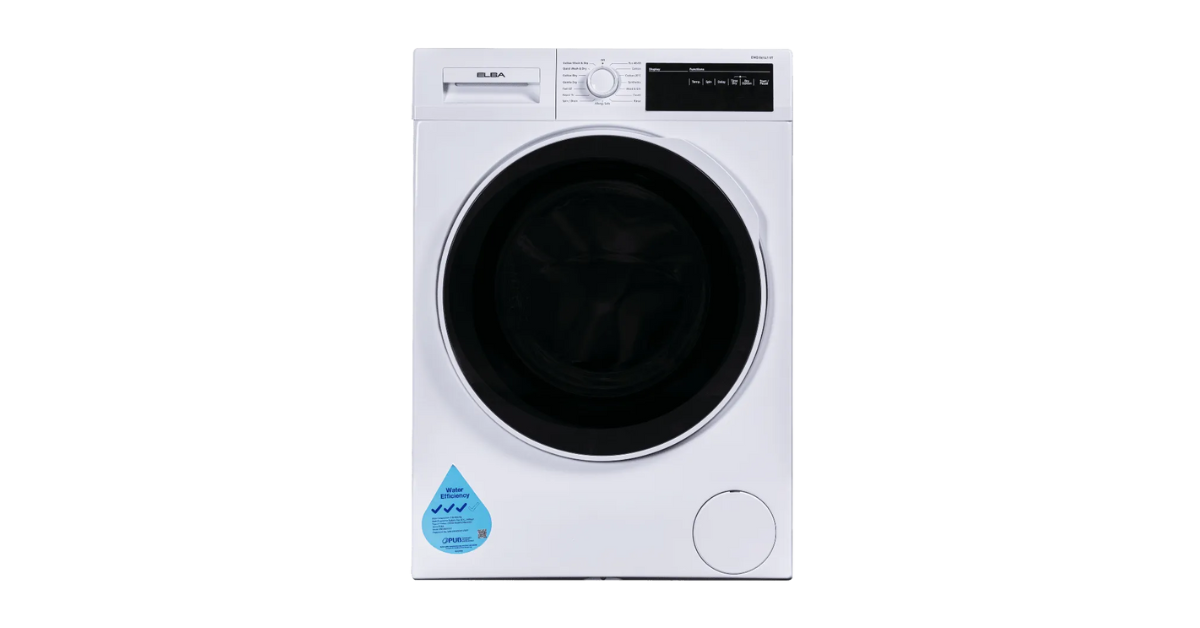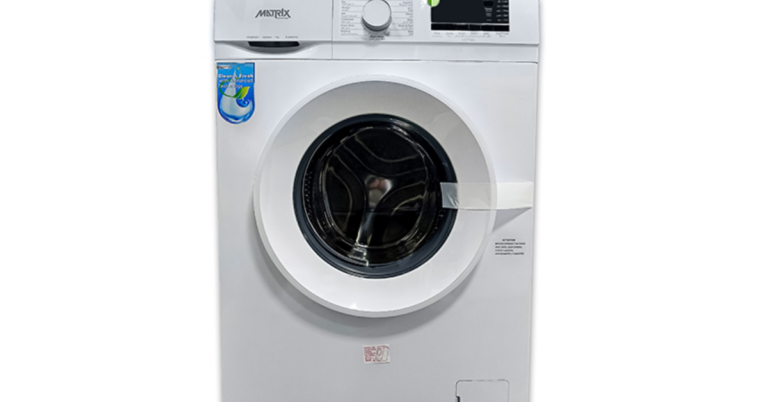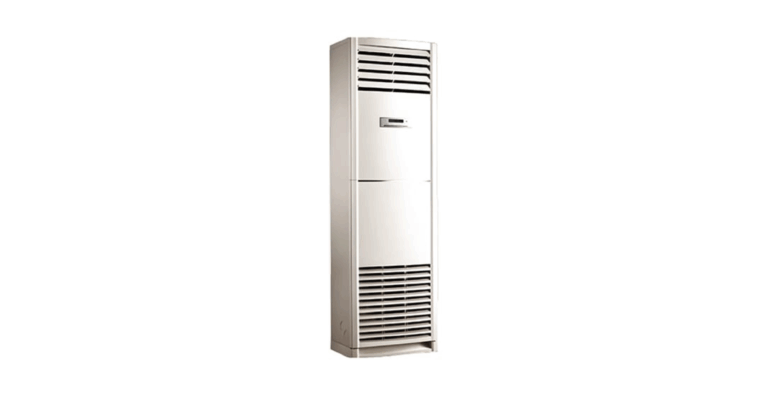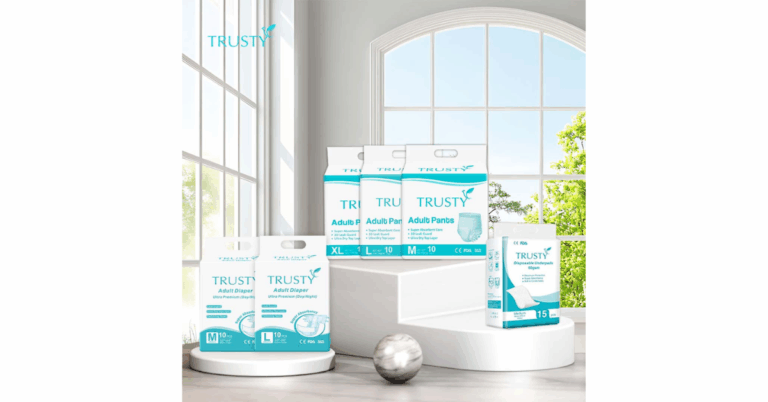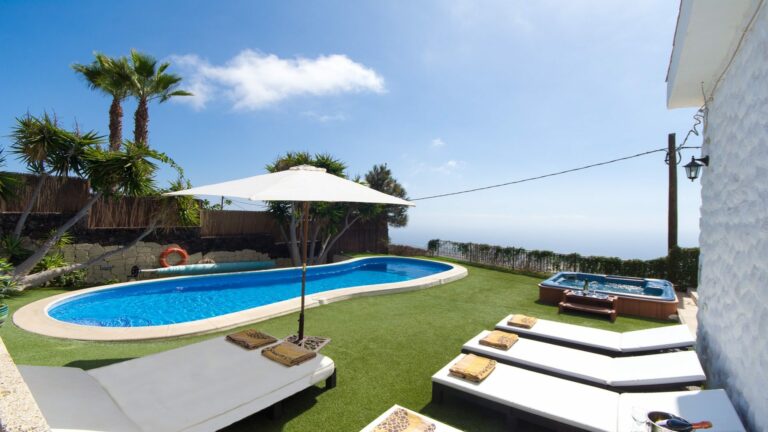Dryer Singapore: A Revolution in Home Laundry Care
In the humid climate of Singapore, drying clothes naturally can be a challenge that’s where the “Dryer Singapore” concept becomes a game-changer in modern households. As urban living spaces shrink and outdoor line-drying becomes less viable, investing in an efficient dryer isn’t just convenient it’s almost essential. A well-chosen dryer can transform your laundry routine: eliminating damp smells, shortening drying times, and providing better protection for garments against over-drying and sun damage.
The Laundry Landscape in Singapore
Singapore’s tropical environment means frequent rainfall, high humidity, and limited outdoor drying opportunities — particularly for those living in high-rise apartments. Many homes lack the outdoor space or airflow needed for reliable line drying. Even when one does have a balcony or external rack, drying depends heavily on weather conditions, which are often unpredictable. As a result, indoor drying spreads damp clothes around living areas, contributes to mildew risk, or forces people to use improvised spaces like bathrooms or corridors.
Given these challenges, a home dryer becomes not just a convenience but a necessity. And as energy efficiency, space constraints, and environmental concerns all factor in, Singaporean consumers are increasingly looking for dryers that are smart, compact, and economical to run.
Types of Dryers: What Works Best in Singapore
When selecting a dryer for use in Singapore, it’s important to understand the main types available and their pros and cons given the local context.
1. Vented Dryers
These expel moist air outside through vents. While effective, they require ducting and external vent access, which many apartment units lack. Installation limitations can make them less practical in modern condominium layouts.
2. Condenser Dryers
These dryers extract moisture and condense it into a water reservoir. They don’t need external venting, which is a plus, but they tend to use more energy and generate more heat within the room during operation.
3. Heat Pump / Closed-Loop Dryers
These are among the most efficient options. They work by recirculating heated air in a closed loop, removing moisture without venting it outside. Because of this, they consume less energy and are gentler on fabrics. For humid and compact environments like Singapore, heat-pump dryers are emerging as the preferred choice for many homes.
4. Washer-Dryer Combos / Washer Cum Dryers
These appliances combine washing and drying in one unit. Ideal for small homes, they eliminate the need to transfer laundry between machines. Many modern combos come with smart cycles, sensors, and energy-saving functions. Their major limitations are smaller drying capacities compared to standalone dryers and sometimes longer total cycle times when combining functions.
Key Factors to Consider in a Dryer for Singapore
Choosing the right dryer involves assessing several factors tailored for local conditions and personal needs.
1. Energy Efficiency
Electricity costs are a concern, and efficient dryers can make a significant difference in monthly bills. Heat pump and closed-loop systems typically outperform vented or condenser models in this regard.
2. Capacity vs. Space
Because many homes in Singapore are compact, the footprint of the machine matters. Washer-dryers or slim standalone dryers are popular for fitting into tight laundry alcoves or utility rooms.
3. Noise and Vibration
If the dryer will run during evenings or nights, quiet operation is crucial, especially in apartments with shared walls or close neighbors.
4. Moisture Management & Venting
Avoiding excess indoor humidity is vital. Units without venting or with built-in condensation trays are preferable to prevent dampness or mold in indoor spaces.
5. Fabric Care and Flexibility
Look for settings tailored to delicate fabrics, sensor-based dryness control (which prevents over-drying), and programs for quick refresh cycles.
6. Maintenance & Service Support
Because dryers are relatively delicate appliances, ensuring local service support and easy access to parts (filters, seals) is key. In Singapore, many brands provide after-sales upkeep and warranty services.
Benefits of Using a Dryer in Singapore
Faster Turnaround
Dryers reduce drying times from many hours (or a full day outdoors) to under an hour or less depending on load and technology.
Weather-Independent
With a dryer, laundry doesn’t wait for sunshine. You can wash and dry anytime regardless of rain, haze, or cloudy skies.
Better Hygiene
High-heat drying or thorough moisture removal helps kill bacteria, mites, and allergens beneficial in a tropical climate.
Gentle Fabric Treatment
Modern dryers offer low-heat modes, steam cycles, and sensor-based drying, which help preserve garments, reduce fading, and avoid shrinkage.
Space Efficiency
You don’t need to allocate balcony bars or indoor racks. This frees up space and avoids clutter.
Convenience & Automation
Set cycles and sensors take care of the drying process without intervention. Many dryers also come with delay start, child lock, or smart-home compatibility.
Challenges (and How to Overcome Them)
Initial Cost
High-efficiency and inverter-based dryers (especially heat pump types) tend to cost more. However, the long-term energy savings and appliance longevity often justify the investment.
Installation Constraints
Some models require ventilation or space for air circulation. Be sure there’s adequate clearance and electrical supply. In many apartments, conditional building regulations might restrict modifications so always check with your landlord or management.
Moisture Buildup Indoors
Using devices that release moisture back into the room can raise indoor humidity. Choosing models with proper condensation or moisture exhaust systems helps maintain indoor air quality.
Load Mismatch
Washer-dryer combos generally dry less than they can wash. It’s often best to run smaller loads or separate heavy drying loads from washing ones.
Tips for Getting the Best Out of Your Dryer
-
Clean the filter regularly — lint buildup reduces efficiency and increases drying time.
-
Sort clothes smartly — group similar fabric types and thicknesses together.
-
Use sensor drying modes — they prevent over-drying and save energy.
-
Allow airflow clearance — leave gaps around the machine to facilitate heat dissipation.
-
Use partial air-dry first — if garments are only slightly damp, a shorter drying mode suffices.
-
Maintain the paddles and seals — check for wear over time and replace parts as needed.
-
Monitor humidity in the laundry space — installing a dehumidifier or extractor fan helps when using less efficient models.
Why Dryer Singapore Is Gaining Traction
Advancements in dryer technology have made units more efficient, quieter, and compact aligning perfectly with the needs of Singaporean households. Many locals are upgrading from conventional line drying to smart dryers, especially as energy-saving features mature and the appeal of hassle-free laundry grows.
Furthermore, sustainability is becoming a priority. The best dryers now use less than half the energy of older models or inefficient machines making them friendlier to both your wallet and the environment. This helps meet the growing awareness around energy consumption in Singapore households.
In high-density living, every spare moment and area counts. A dryer enables you to reclaim time, reduce clutter, and gain control over laundry workflows.
Outlook & Trends in the Singapore Dryer Market
-
Integration with Smart Homes: Expect to see dryers with IoT connectivity, remote control, diagnostics, and smartphone alerts.
-
Hybrid Multi-Function Appliances: Beyond just wash + dry, future models may combine with steaming, deodorizing or fabric refreshing modules.
-
Compact but Powerful Designs: As homes shrink, manufacturers will push for slimmer profiles without sacrificing drum size.
-
Greater Emphasis on Noise and Vibe Control: For multi-storey living, whisper-quiet dryers will become the norm.
-
Eco Labels & Green Certifications: Ratings by local agencies and energy regulators will influence buyer decisions toward certified units.
-
Service Ecosystem Growth: More rental, servicing, and ‘drying-as-a-service’ models may emerge, especially in rental or co-living properties.
Conclusion
Embracing “Dryer Singapore” is no longer a luxury for households it’s a practical evolution for life in a tropical, densely built city. With technological advances, improved energy credentials, and increasing awareness about indoor comfort and hygiene, dryers are taking center stage in modern laundry habits. Whether you opt for a standalone heat pump model or a convenient washer-dryer combo, choosing the right machine will help you minimize disruptions, protect your fabrics, and save time all while tackling Singapore’s climate challenges head-on.

